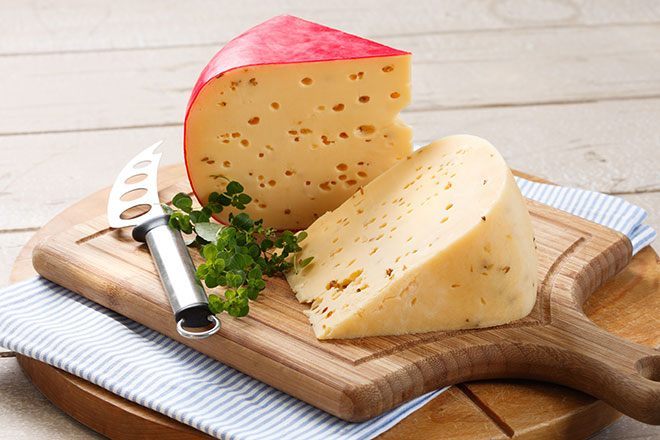Cheese is a great unifier. Bring out a cheesboard and a glass of wine and hear the conversation flow! It is surely the simplest form of entertaining – and yet the making behind it is really skilled and labour intesnive. Blessed are the cheesemakers!
Cheese making starts with milk, salt and a coagulant such as an acid or rennet. These ingredients are heated to form curds and whey. In its simplest form, the curds are stirred, stretched or pressed to make fresh cheese that is ready to eat immediately if not in a day or two. Think bocconcini, paneer and goat’s milk chevre. For Part 1 click here of my cheese culture series covers this category, fresh or curd cheese. Below I’m looking at cooked cheeses – both semi-hard and hard.
Semi-hard
There are a few extra steps taken when making semi-hard and hard cheeses. First up, the curds are heated prior to pressing and shaping and secondly, this type of cheese is aged. Historically ageing occurred in dark caves; these days modern cheesemakers prefer a more controlled environment. Cheeses can also be wrapped in cloth or wax for ageing. The level of ‘hardness’ is disproportionate to moisture retention. That is, the more moisture the cheese loses, either through pressing or ageing or a combination, the harder it becomes. Less moisture generally means more shelf life too.

Gouda Cheese
Did you know?
Australian semi-hards to seek out
Hunter Belle Cheddarbelle
Hard
These cheeses are known for their dry, granular texture due to longer ageing as well as the fact that the curds are heated to a higher temperature than semi-hard cheese during the cheesemaking process. The effect is twofold – concentrated flavour and low moisture. Well known examples are parmesan and pecorino.
What about different milks?
Fun fact
Romano is not an Italian cheese. It was developed by American marketers as a hard cheese brand to be used primarily for grating and, I suspect, as a competitor to its Italian counterpart, parmesan.
Australian hard cheeses to look out for
Award Winners
If in doubt, the Sydney Royal Cheese & Dairy Produce award results are a great resource.
A quick note on storage and serving
Air and moisture are the enemies of cheese, though different cheeses need different wraps. Best bet is to keep in the original wrapping or else wrap in waxed paper before storing in the fridge. The vegetable compartment is ideal as it has slightly higher humidity. And please please please take cheese out of the fridge an hour before you want to eat it, unless the weather is very hot in which case only 30 minutes. Put in a cool place, unwrap and cover with a clean damp cloth until ready to serve.
If you love cheese in all its forms, don’t miss Cheese Lovers Festival at Hunter Valley on Saturday 25th June. Where I will be doing a cheese workshop at 10:30am. The best thing about my workshop is that it is FREE!! Also make sure you get your tickets for either the Dinner I will be hosting on Friday 24th June or Lunch Saturday 25th June. For more details about the Cheese Lovers festival click here
